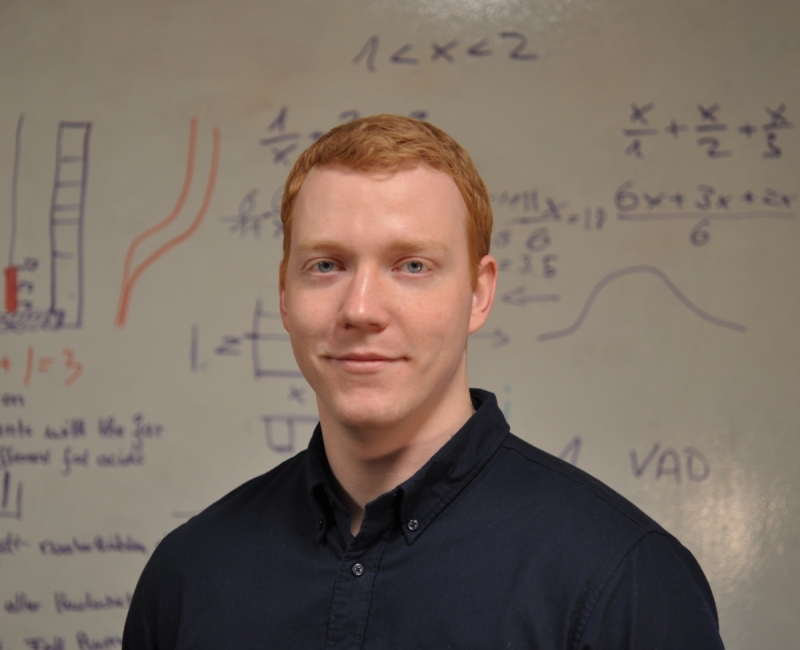Insights into the Future of Body Contouring
By Michael Evers, PhD candidate / Institute of Biomedical Optics, University of Lübeck, Germany / Cutaneous Biology Research Center, Massachusetts General Hospital, Boston, MA, USA.
A Report from the Keystone Symposia: Organ Crosstalk in Obesity
January 21 – 25, 2018, Keystone, Colorado USA
It’s an exciting time for non-surgical fat reduction in dermatology. Treatments range from devices using lasers (e.g., SculpSureTM), injections (e.g., KybellaTM), radiofrequency (e.g., VanquishTM), and controlled cooling (e.g., CoolSculptingTM). Gaining popularity and increasing patient numbers worldwide show the high demand for effective procedures with quicker recovery, fewer side effects, and less discomfort than traditional surgical fat removal treatments. Therefore, new minimally- and non-invasive treatment modalities, techniques and applications are introduced at a fast pace. However, some applications are scientifically questionable and biological mechanisms are not well understood. The goal of understanding the underlaying processes is displayed in our work at the Cutaneous Biology Research Center at the Massachusetts General Hospital, where a team of interdisciplinary researchers work on future treatments and the biological understanding of noninvasive fat removal led by Professor Dieter Manstein MD, PhD.
One of the many scientific fields in noninvasive fat removal that hasn’t made its way into dermatological clinics is fat reduction through promoting energy expenditure via direct thermogenesis. A promising strategy to reduce obesity and improve metabolic health is the regulation of energy expenditure by activation of brown and beige fat, which are specialized, heat-producing adipocytes. Brown adipose tissue (BAT) is located in dedicated depots and expresses high levels of thermogenic genes, whereas beige fat cells develop in white fat in response to various activators such as cold. Many genes and pathways that regulate brown and beige adipocyte biology have now been identified, providing a variety of promising therapeutic targets for metabolic disease and obesity. An expanded brown or beige fat compartment may be sufficiently activated by stimuli such as food, cold and drugs, or combinations to achieve therapeutic effects. To facilitate this potential, a variety of approaches and topics are studied such as mechanisms of mitochondrial and cellular energetics as well as an extensive variety of factors and pathways that are involved in brown and beige fat function and activation. Most of the identified pathways for activation were found in animal models and have yet to be confirmed in humans. Therefore, identifying pathways that promote thermogenesis in humans to an extent that significantly increases whole body energy expenditure is the next step in this exciting field of research. Even though cold exposure was found to be a very powerful tool to activate BAT, it is not the most desired therapeutic strategy for humans. Therefore, current pre-clinical research focuses on dietary and pharmacological activation of BAT. Various dietary and pharmacological thermogenic inducers have been identified such as gingerol (ginger), sodium succinate (found in soy sauce), catechins (green tea), creatine, berberine, and Mirabegron®. Unfortunately, most of these inducers are showing low potency of activation of BAT after oral intake. As of now, there hasn’t been any focus on medical devices to achieve increased whole body energy expenditure through the activation of brown and beige fat. For future research, it would be of great interest to see a combination of thermogenic inducers and medical devices, which potentially enhances efficiency. Also, the interconnectivity of various organ systems, specifically the role of the central nervous system, plays an important role in the control of metabolism and energy expenditure.
Michael Evers, PhD candidate
Cutaneous Biology Research Center, Massachusetts General Hospital, Boston, USA
Institute of Biomedical Optics, University of Lübeck, Germany
Join the ESLD and become an active member of our organization.
Information, videos, tutorials, discussion, events... and much more!

